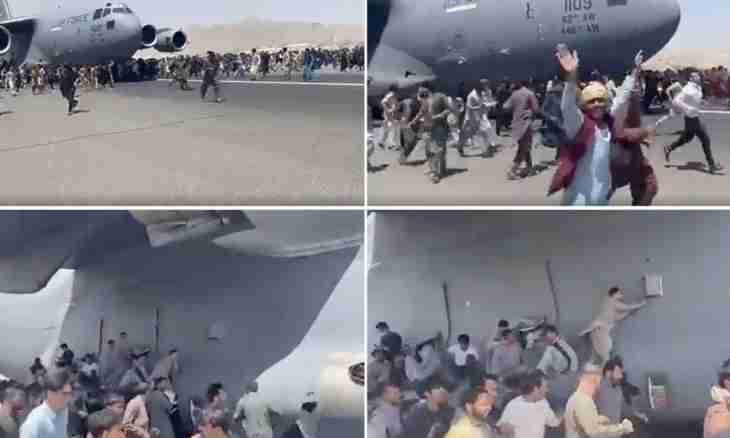Control of airplane is the whole science and the present mathematical analysis. It is necessary to consider a huge number of indicators which help the iron car to soar up into air. Ordinary people have always many questions connected with aircraft. And one of them – why the plane flies up against wind. Apparently, it is more logical that was on the contrary.
The head wind is stronger, the bigger height will be reached by the plane at the time of take-off. This increase in height happens due to action of the head wind reducing plane speed concerning the earth.
Why the plane takes off against wind
Before take-off the aircraft has to be surely turned against wind. At the same time before it there has to be rather big space for running start with which each take-off begins.
Running start is necessary that the plane could gain sufficient speed for a separation from the earth.
At take-off on a fair wind the plane needs bigger running start and speed of dispersal. Besides, if the car rises in air, there can be a surge which quite often leads to deplorable consequences. The surge is sryvny the operating mode of the aircraft engine and also violation of gasdynamic stability of its work which is followed by cottons in the air intake because of a countercurrent of gases. Because of it there is a sharp falling of draft and powerful vibration of all plane, smoke from an engine exhaust appears. At the same time the air flow which is flowing round shovels of the driving wheel after sharply changes the direction therefore in the turbine turbulent turbulences appear. Carrying power of a wing depends on a square of speed of the running air flow. At take-off against wind the wind speed also is added to own speed of the plane. And the air flow running towards allows to increase the carrying power of a wing at the expense of what the minimum speed of the plane concerning the earth for deduction of in air decreases.
Similar situation is relevant not only take-off, but also for landing. The plane speed when landing is less, the more safely and more softly it can be made.
Experienced pilots claim that at the time of take-off it is not necessary to hurry at all. There were already cases when excessive haste led to extremely sad consequences. Except that it is much simpler to fly up to the plane against wind, also notable saving of time and fuel. The iron large object spends huge amount of kerosene, and reduction of time of running start is capable to preserve a lot of fuel. Take-off at a side wind, especially strong, is extremely difficult. The plane simply rushes takes down from a strip. And pilots should apply a number of certain combinations which will help to level the car and to lift it in air without any problem. Landing in such conditions is also quite difficult.
What should be considered
Before take-off the pilots obtain all necessary information: both wind speed, and its direction, and many other special data which have to help them to carry out the correct and easy take-off. However it happens that pilots on take-off can make mistakes. Passengers do not even feel some of them. Others come to an end very sadly. Pilots need to treat very carefully the procedure of take-off and to be collected on a runway. Besides modern planes are that that they can easily take off as against, and downwind. And side will not cause them problems too.

